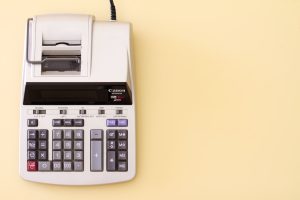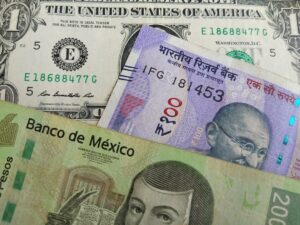The ABCs of Forex: Key Terms and Concepts Every Trader Should Know
Forex, short for foreign exchange, is the largest financial market in the world. It involves the buying and selling of currencies from different countries, and it operates 24 hours a day, five days a week. Forex trading offers immense opportunities for individuals to profit from the fluctuations in exchange rates, but to navigate this market successfully, traders need to understand the key terms and concepts that underpin forex trading. In this article, we will explore some of the most important terms and concepts that every trader should know.
1. Currency Pair: In forex trading, currencies are quoted in pairs. A currency pair represents the exchange rate between two currencies. For example, the EUR/USD pair represents the exchange rate between the Euro and the US Dollar. The first currency in the pair is called the base currency, and the second currency is called the quote currency. Understanding currency pairs is essential as they form the basis of all forex trading.
2. Bid and Ask Price: The bid price is the price at which a trader can sell a currency pair, while the ask price is the price at which a trader can buy a currency pair. The difference between the bid and ask price is known as the spread. The spread is how brokers make money in forex trading. Traders should always pay attention to the spread, as it affects their profitability.
3. Pip: A pip, short for “percentage in point,” is the smallest unit of measurement in forex trading. It represents the fourth decimal place in most currency pairs. For example, if the EUR/USD pair moves from 1.2000 to 1.2001, it has moved one pip. Pips are crucial as they determine the profit or loss on a trade.
4. Leverage: Leverage allows traders to control larger positions in the market with a smaller amount of capital. It is a double-edged sword, as it can amplify both profits and losses. For example, with a leverage of 1:100, a trader can control $100,000 worth of currency with a $1,000 deposit. Traders should use leverage wisely and understand the risks associated with it.
5. Margin: Margin is the amount of money required to open and maintain a position in the forex market. It is a percentage of the total position size. For example, if a broker requires a 2% margin, a trader needs to have $2,000 in their account to open a $100,000 position. Margin trading allows traders to amplify their potential returns, but it also increases the risk of losses.
6. Stop Loss and Take Profit: A stop loss is a predetermined level at which a trader is willing to exit a losing trade to limit losses. It helps manage risk and protect against unexpected market movements. On the other hand, a take profit is a predetermined level at which a trader is willing to exit a winning trade to lock in profits. Both stop loss and take profit orders are essential tools for risk management and should be used in every trade.
7. Fundamental Analysis: Fundamental analysis involves evaluating economic, social, and political factors that can impact the value of a currency. It includes analyzing economic indicators, such as GDP, inflation rates, and interest rates, as well as geopolitical events and central bank policies. Fundamental analysis helps traders make informed decisions about the direction of a currency pair.
8. Technical Analysis: Technical analysis involves studying historical price data and using various tools and indicators to identify trends and patterns in the forex market. Traders use technical analysis to predict future price movements and make trading decisions. It includes chart patterns, support and resistance levels, moving averages, and oscillators. Technical analysis is a valuable tool for timing entry and exit points.
9. Risk Management: Risk management is crucial in forex trading as it helps traders protect their capital and minimize losses. It involves setting stop loss orders, using proper position sizing, and diversifying trades. Traders should always have a risk management plan in place to protect themselves from significant losses.
10. Demo Trading: Demo trading is a practice account that allows traders to trade with virtual money in real market conditions. It is an excellent way for beginners to gain experience and test their trading strategies without risking real money. Demo trading helps traders understand the mechanics of forex trading and build confidence before moving to live trading.
In conclusion, understanding the key terms and concepts of forex trading is essential for any trader looking to succeed in this market. From currency pairs and pips to leverage and risk management, each concept plays a crucial role in a trader’s decision-making process. By familiarizing themselves with these terms and concepts, traders can gain a solid foundation and increase their chances of success in the forex market.













